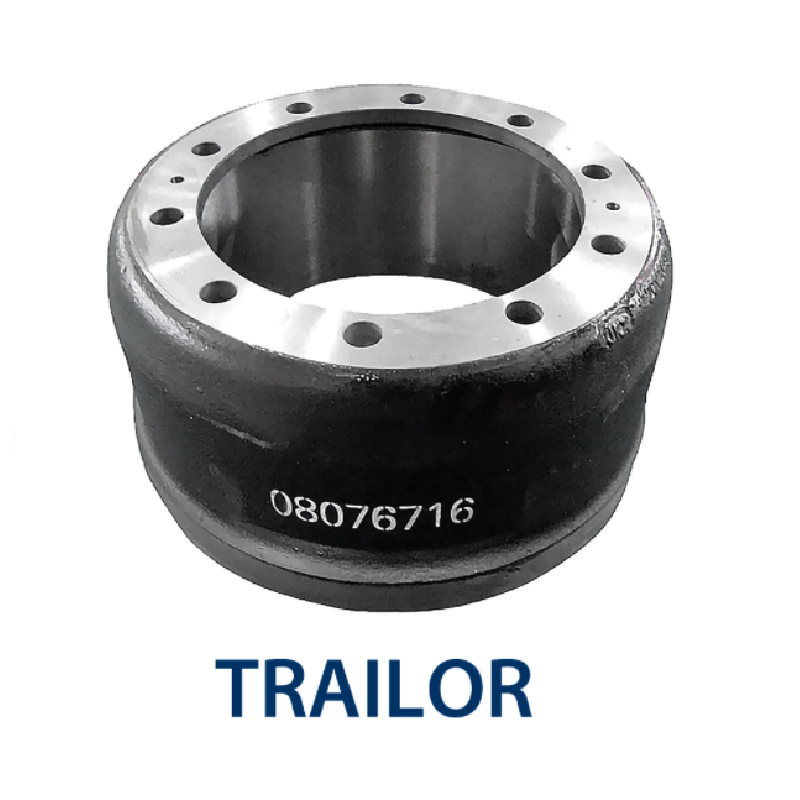Oct . 06, 2024 12:23 Back to list
brake drum vs brake disc
Brake Drum vs. Brake Disc An Overview of Automotive Braking Systems
Braking systems are crucial components of any vehicle, ensuring safety and stopping power. Two common types of brakes used in automobiles are brake drums and brake discs. Each has its unique design, advantages, and disadvantages, catering to different vehicle requirements and performance standards.
Brake Drums
Brake drums have been around for a long time and are primarily found in older vehicles and trucks. The key component of a brake drum system is the drum itself, which is a hollow cylinder attached to the wheel. Inside the drum, brake shoes press against the inner surface of the drum when the brake pedal is applied, creating friction that slows down the vehicle.
One of the significant advantages of brake drums is their cost-effectiveness. They are generally cheaper to manufacture and install than disc brakes. Additionally, brake drums can provide better braking power under certain conditions, particularly in high-load applications like trucks and buses.
However, brake drums also have some downsides. They tend to operate at higher temperatures due to heat buildup during braking, which can lead to brake fade—a reduction in stopping power. This is especially problematic during prolonged braking, such as going downhill. Furthermore, brake drums can be more susceptible to water retention and dirt accumulation, which can affect braking performance and increase maintenance needs.
brake drum vs brake disc

Brake Discs
In contrast, brake discs (or rotors) are becoming the standard in modern vehicles due to their superior performance characteristics. A disc brake system features a disc that rotates with the wheel, and calipers that house brake pads. When the brake pedal is pressed, the calipers squeeze the pads against the disc, creating friction to slow the vehicle.
The primary advantages of brake discs include better heat dissipation, which reduces brake fade and enhances performance during prolonged braking. Additionally, they tend to offer consistent braking performance in various weather conditions, making them more reliable overall. Brake discs are also generally easier to inspect and replace compared to brake drums.
Nonetheless, the one significant drawback of brake discs is their higher cost. They are typically more expensive to manufacture, and replacements can also be pricier than those of brake drums.
Conclusion
Both brake drums and brake discs have their place in the automotive world. The choice between the two often depends on the vehicle type, intended use, and budget considerations. While brake drums may still play a role in specific applications, brake discs have largely taken the lead in modern vehicle design due to their superior performance, efficiency, and safety benefits. Understanding the differences between these two systems can help consumers make informed choices when it comes to vehicle maintenance and upgrades.
-
Durable Brake Drum MAZ for Heavy Duty Trucks | High Performance
NewsAug.26,2025
-
FUWA: Premium Quality, Reliable Performance & Innovative Solutions
NewsAug.25,2025
-
Liza Brake Drum: Superior Quality & Performance for Safe Driving
NewsAug.24,2025
-
Iveco Brake Drum | Premium OE Quality for Daily & Eurocargo
NewsAug.22,2025
-
Your Brake Drum Man: Quality & Performance Parts
NewsAug.21,2025
-
Explore Japan: Ultimate Travel Guide & Authentic Experiences
NewsAug.19,2025
